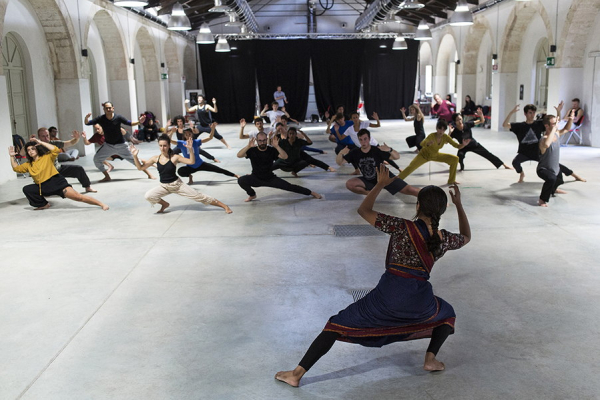
ISTA - International School of Theatre Anthropology presents with the Theatrum Mundi Ensemble
Anástasis (Resurrection) MITEM
Anastasis depicts Life’s different phases and realities from birth to death and again rebirth in the world of nature, animals and humans.
Anastasis is a hymn to the power of Life and an homage to the performer’s art with its splendour of styles and expressions.
It is enacted by performers from different countries and traditions: Japanese noh, Chinese Nankuan opera, Balinese topeng, Indian baul dance and songs as well as kathakali, Brazilian bumba meu boi, flamenco and western contemporary styles.
A performance which gathers artists from various traditions can come about in many ways. The artists can abandon the style of their own tradition and, together with the others, find a common style. Or else, they can assume the style of a foreign tradition in order to give new vigour to the work they are presenting. Greek texts can be interpreted by Japanese actors who draw on noh, and texts by Shakespeare can be played in French by actors who take their inspiration from the scenic skill of kabuki.
With the Theatrum Mundi Ensemble Eugenio Barba follows another principle: each artist faithfully preserves the characteristics specific to his/her own style, integrating them into the context of the various scenes of the story.


